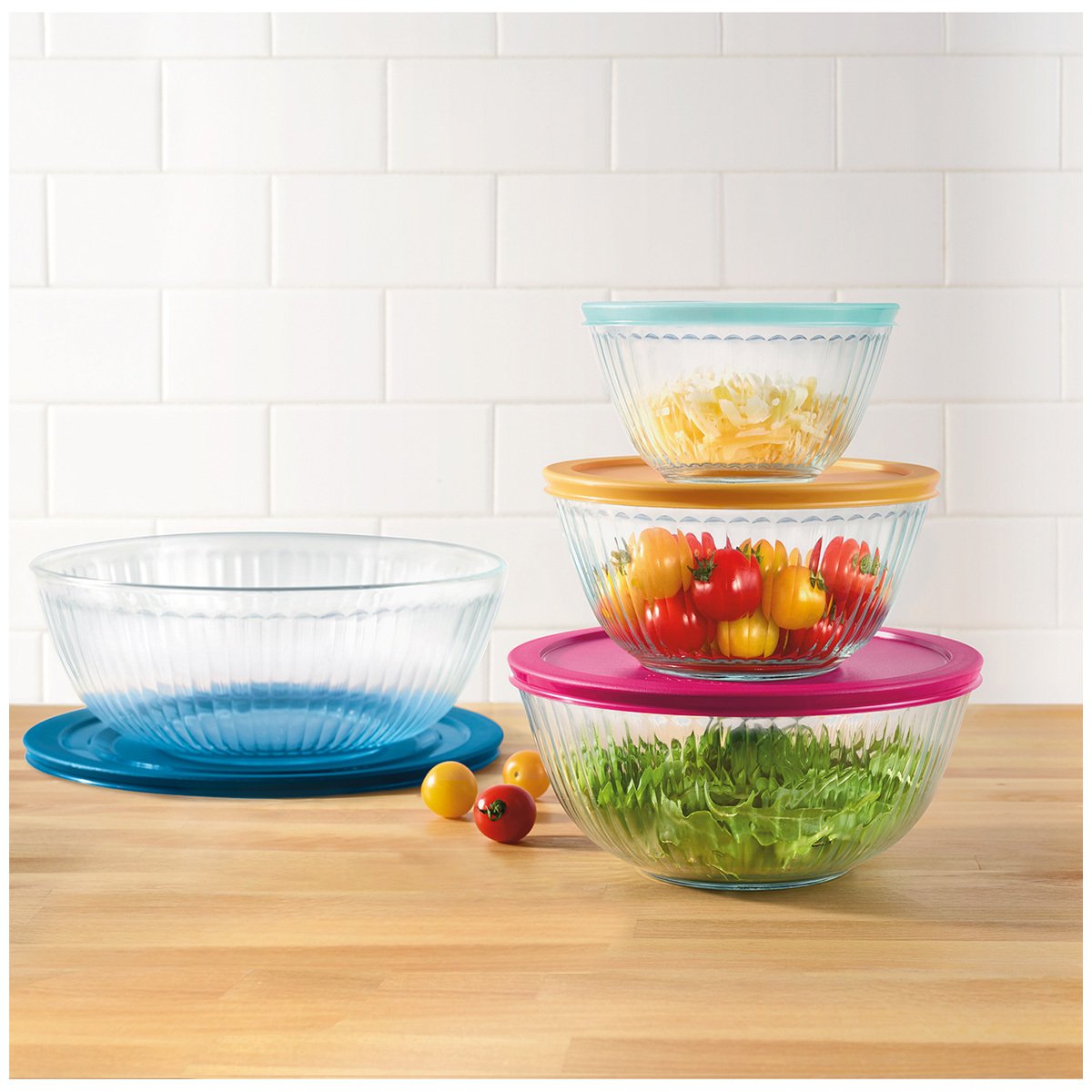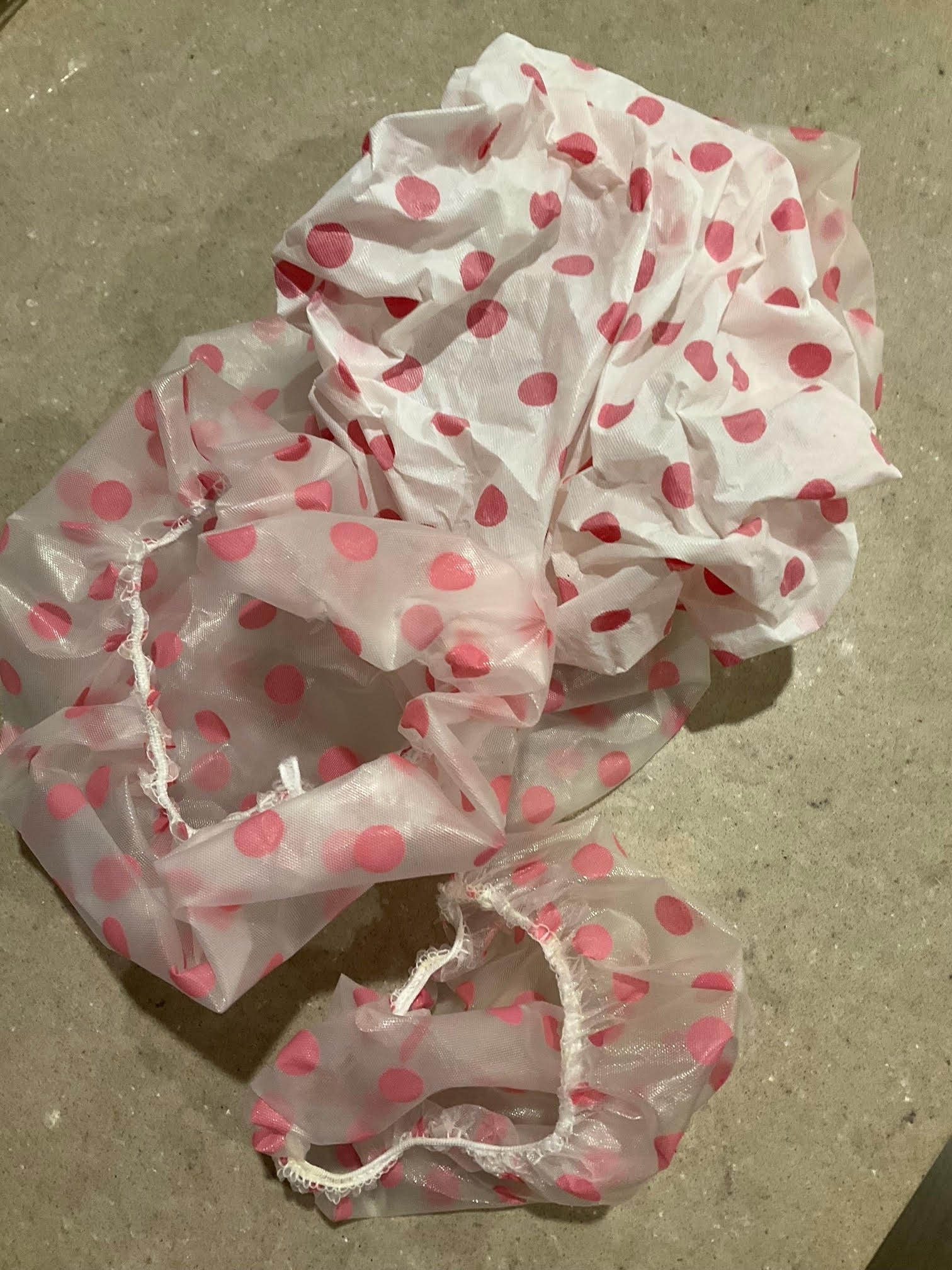Test 3 – Say no to cling film
What would life be like without cling film – well, less convenient in all honesty, but not impossible with a tiny bit of planning and effort?
Cling film seems to benign but unfortunately standard cling film is difficult to recycle. Cling film or plastic wrap is usually made from flexible plastics such as PVC (Polyvinyl Chloride) or LDPE (Low-Density Polyethylene). Because it is a thin, flexible and clingy material it can get stuck in recycling machinery so it cannot be put into your recycle bin. Cling film is not biodegradable and can take hundreds of years to decompose. Unfortunately, this process can release greenhouse gases and toxic chemicals into the environment. PVC contains additives such as phthalates, cadmium and lead and organotins which if leached into the environment can be toxic to living things.
It is not just that toxins are released downstream, the problem is that significant amounts of dioxin (a highly toxic chemical) are produced during the production of PVC and are also released if material containing PVC is burnt. A number of manufacturers have moved to LDPE to reduce this risk, but cling film made from LDPE is not as clingy.
What you need to do:
Do not buy food products wrapped in cling film. This may mean going to a market or to a butcher to buy food that is not pre-wrapped.
Store dry food in glass jars.
Use Pyrex basins with reusable plastic lids to store hot food that needs to go in the fridge.
Use special ‘shower caps’ to place over dishes to keep them fresher by stopping them being tainted by odours in the fridge.
Use waxed reusable sheets to wrap up food to exclude air.
Use a food vacuum sealer because the plastic sheets used are tough and can be reused, also you can buy long lasting plastic containers which are great if you want to seal open packets of biscuits and the like.
Wrap food, such as pastry in greaseproof paper.







